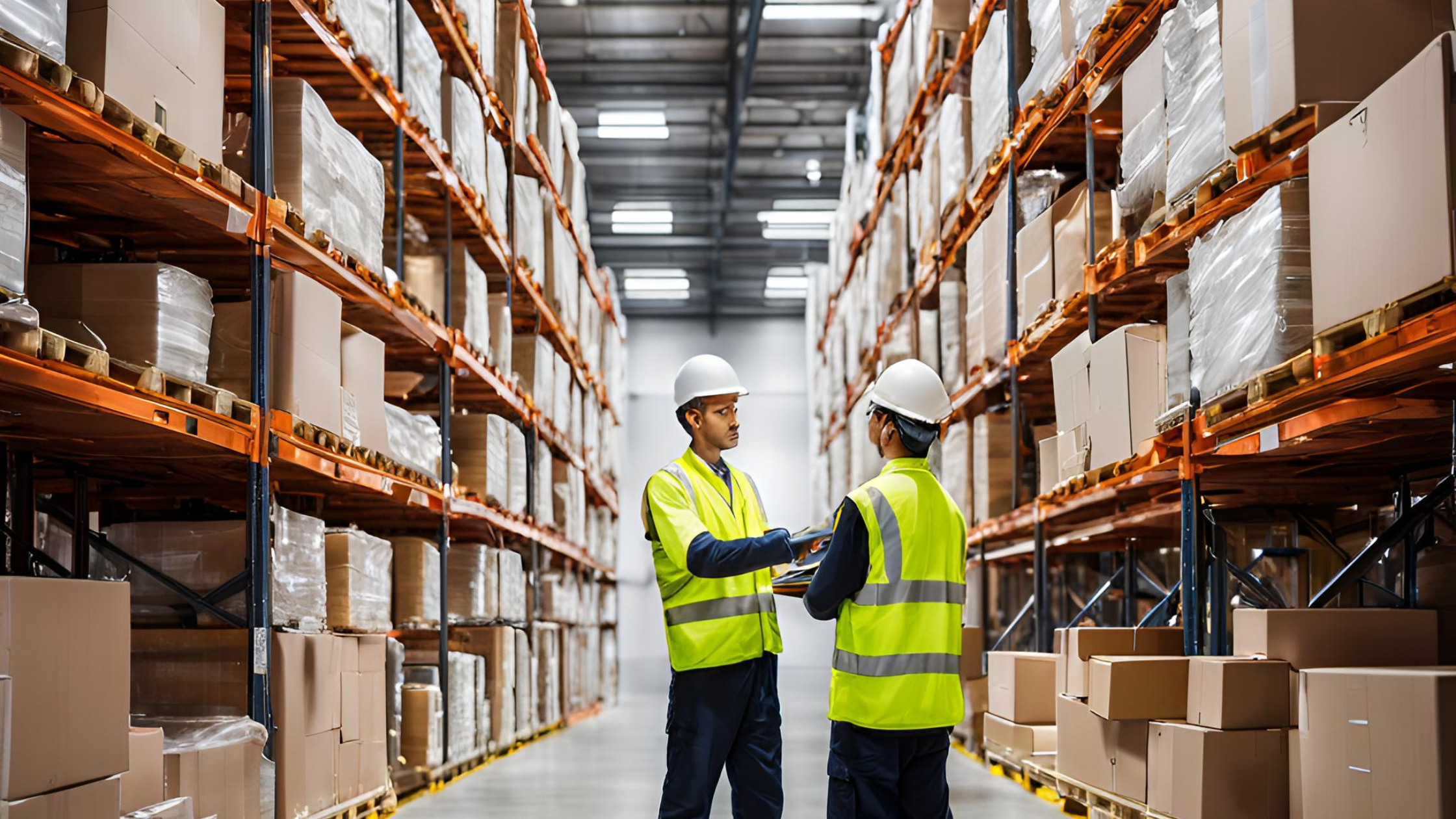Increased insurance premiums.
Proactive compliance isn’t just about protecting the business: It is helping to build a positive and safe workplace culture.
Warehouse Safety Best Practices
1. Clear Aisles and Pathways:
Walkways free of clutter reduce the chance of trips and falls. Take care that in all places everything is well arranged and free from obstructions.
2. Proper Lighting:
If workers can't see hazards, they can't see them and then can't use the warehouse safely. Energy efficient LED lighting gives bright, even illumination.
3. Technology Integration:
Apps such as automated inventory systems or sensors can ensure real time tracking of conditions in warehouses thereby detecting risks while they are still in infancy.
4. First Aid Readiness:
Have a first aid kit or two in places that are readily available and train a few employees in basic first aid procedures.
5. Employee Feedback:
Go the extra mile and encourage employees to report unsafe conditions or to suggest improvements. The people on the floor often know best what the potential hazards are.
What Kusshal Loggistics Services Can Do?
To develop a safe warehouse environment is no easy task and it takes expertise, resources and planning. Professional logistics providers like Kusshal Loggistics can help and guide the business in building safety practices.
Kusshal Loggistics’ Expertise:
-
Warehouse Design and Optimization: Kusshal Loggistics strategically designs and organizes warehouse layouts to achieve maximum safety and efficiency.
-
Advanced Technology: Kusshal uses cutting edge systems from automation to inventory management systems to eliminate manual errors and hazards.
-
Compliance Management: Kusshal helps businesses keep to safety regulations and reduces the risk of fines and operational delays.
-
Trained Workforce: Kusshal has a highly trained team of staff which helps the smooth and safe warehouse operations like packaging, dispatch and handling of inventories.
Conclusion
Modern business operations require warehouse safety. Businesses can have a workplace that places worker well being as a priority and also maximizes efficiency and productivity; by emphasising proper training, diligent equipment maintenance, and strict compliance with legal standards.
If you are a business looking for expert advice in setting up safe and efficient warehouse practices, Kusshal Loggistics provides customized solutions catering to both operational needs and safety needs. Their dedication to safety and efficiency makes them a great partner for getting to a well run and secure warehouse environment.

